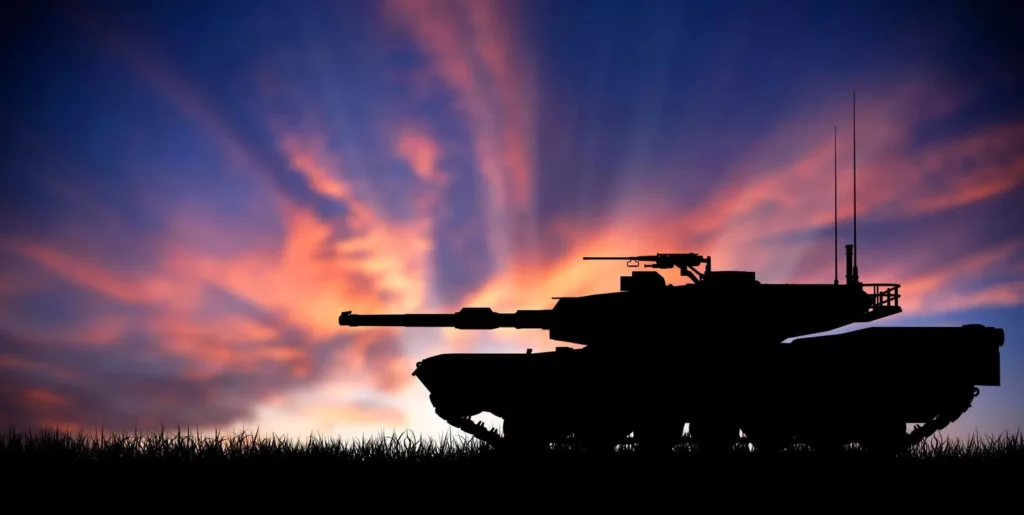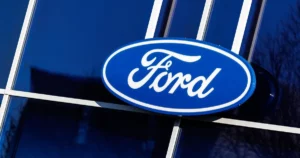
Connected Tank Versus Connected Car
The automotive industry has been abuzz with the concept of connected cars, but a parallel and equally fascinating development is taking place in the defense sector – the connected tank. As the global economy continues to evolve, many professionals are considering a career pivot from the automotive space to the defense industry. In this article, we’ll explore the key differences and similarities between these two seemingly disparate fields.
One of the most striking similarities between connected tanks and connected cars is their focus on cybersecurity. Both industries recognize the importance of preventing hacks and maintaining the integrity of critical systems. However, it’s clear that the defense sector places an even greater emphasis on this area due to the stakes involved in military operations.
On the other hand, there are several significant differences between the two fields. One of the most notable is the concept of survivability. In the automotive industry, usability, manufacturability, and other “ilities” may be important considerations, but they pale in comparison to the multifaceted nature of survivability in defense. This involves not only making the vehicle easy to operate but also ensuring the safety of the squad, threat identification, low cognitive burden to avoid fatigue, and avoiding vehicle detection.
Another major distinction is the importance of being sensed or unseen. In the automotive sector, the focus is on making vehicles more audible through noise generation to prevent pedestrian deaths, while in defense, silence is golden. The ability to remain undetected is crucial for military operations, whereas the opposite is true for civilian vehicles.
Furthermore, the ongoing customer requirements and relationships are vastly different between the two industries. In automotive, suppliers are often bombarded with 10,000-15,000 requirements from automakers, which can be transactional in nature and lack long-term commitments. In contrast, the defense sector places a strong emphasis on building lasting relationships with customers to better understand their needs and provide tailored solutions.
Finally, there is a fundamental difference in the approach to architecture and modularity. While both industries are moving away from traditional, modular architectures towards more cohesive systems, the scale and complexity of defense applications far surpass those in automotive. This requires a fundamentally different approach to system design, one that prioritizes flexibility, upgradeability, and low latency.
In conclusion, while there are certainly similarities between connected tanks and connected cars, the two industries operate under vastly different parameters. As professionals consider a career transition from the automotive space to defense, it’s essential to recognize these distinctions and be prepared for the unique challenges and opportunities that each presents.
Source: Forbes
Source: https://www.forbes.com/sites/stevetengler/2025/03/27/connected-tank-versus-connected-car/


